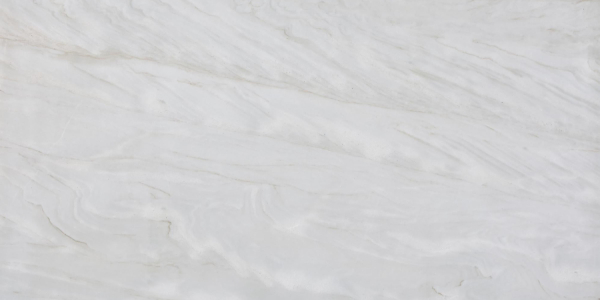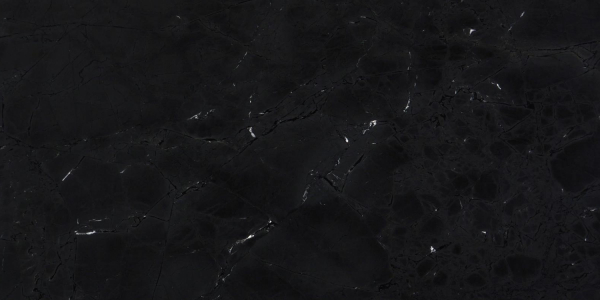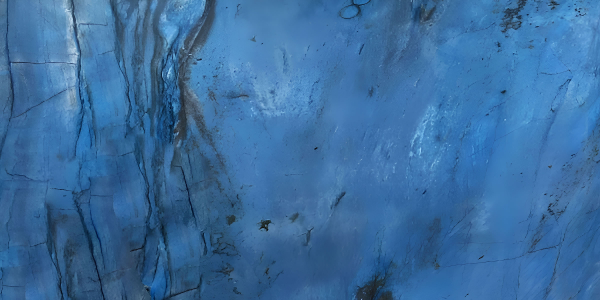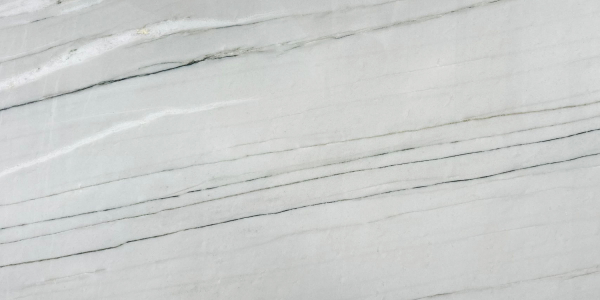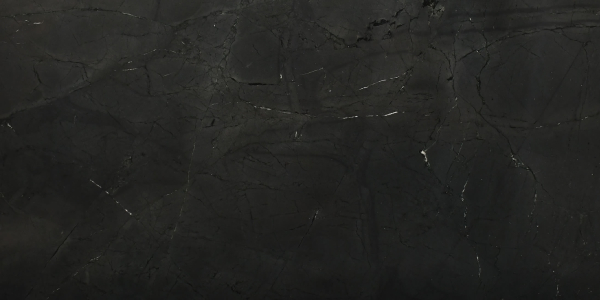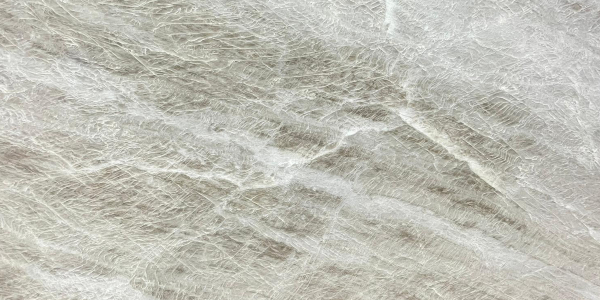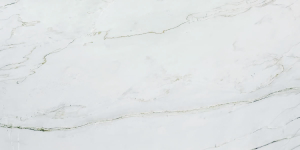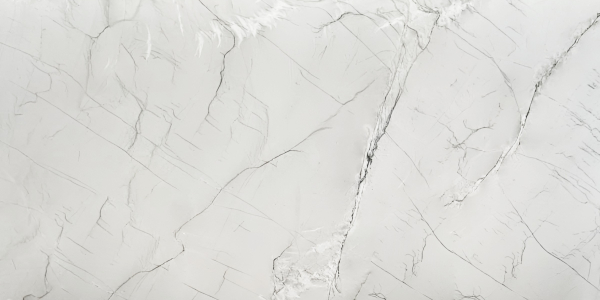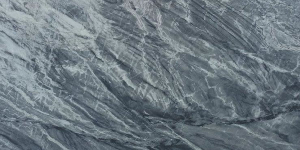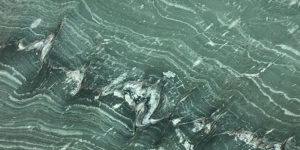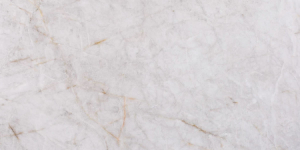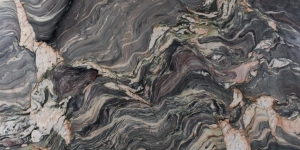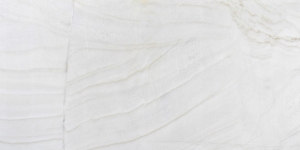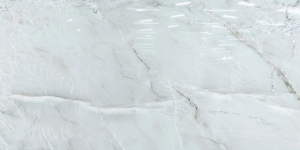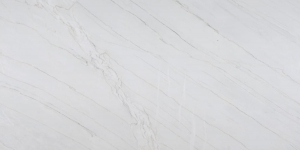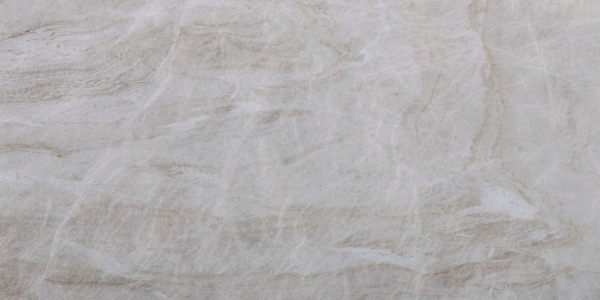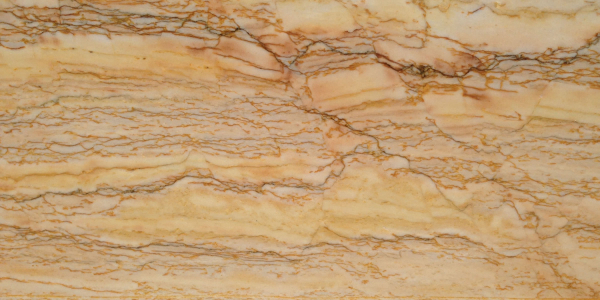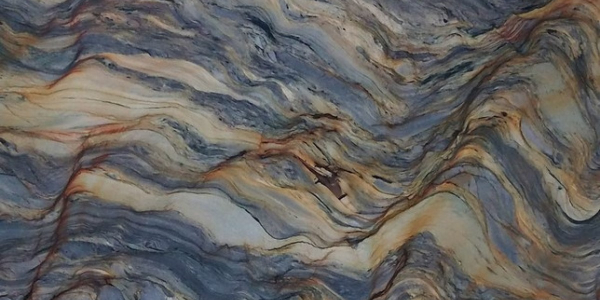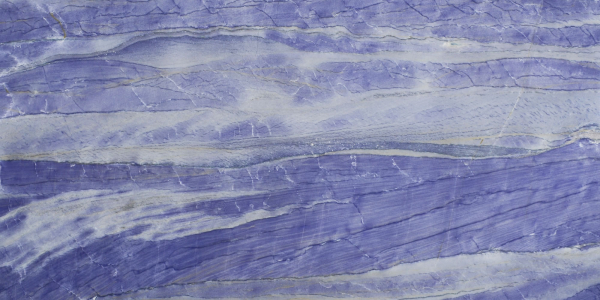Quartzite: properties, composition, mining, quartzite in the interior
- Hits: 19228
- What is quartzite
- Properties of quartzite
- Composition of quartzite. Minerals
- Mining of quartzite
- Using Quartzite
- Quartzite in the interior
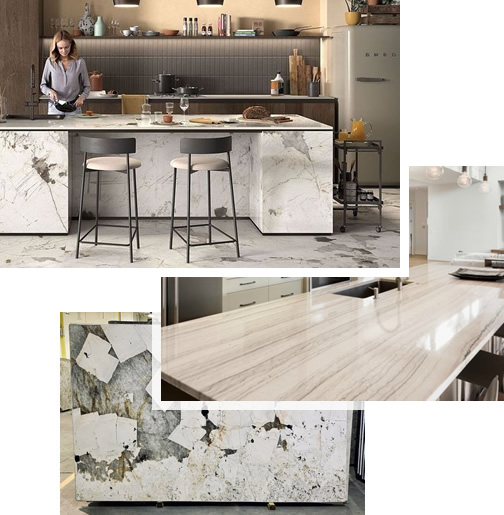
What is Quartzite
It is a metamorphic rock composed primarily of quartz, one of the most abundant minerals in the Earth's crust. Quartzite was formed by metamorphism (structural change under high temperature and pressure) from siliceous sediments. Most often its formation is due to recrystallization of quartz sandstones or igneous rocks, such as porphyries.
The stone has a dense grained structure, in which microscopic quartz grains fuse to form a solid mass with a splintery or shell-like fracture. On the fracture, the stone has a typical quartz luster. According to Bauer's classification, this species is classified as semi-precious ornamental, while malachite, jasper and jade are also of this order. Its main hues are white, gray and red. Quartzite also occurs in other colors, such as light yellow, brown, and blue.
Many varieties of quartzite are valuable minerals. Iron (magnetite) quartzites are the most important iron ore. A special kind is secondary quartzite. Deposits of secondary quartzite formed as a result of a relatively low-temperature metasomatic transformation of acidic and medium effusive, less often intrusive acidic rocks and their tuffs. Deposits of gold, copper, molybdenum, polymetals, and colestones are associated with secondary quartzites.
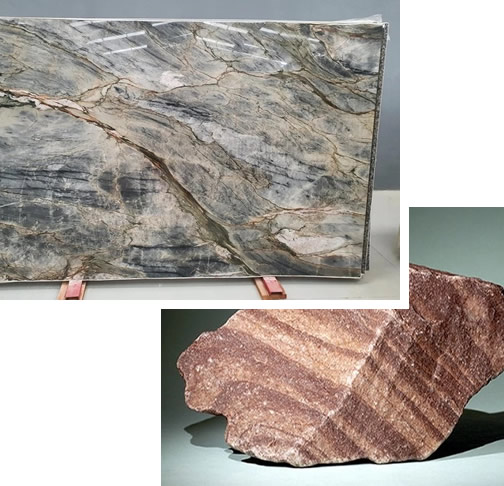
Quartzite Properties
High hardness. On the Mohs scale, quartzite has a score of 7, which corresponds to the hardness of quartz. The mineral can be processed with a diamond and scratches glass. This hardness drastically limits the possibility of processing the stone. This feature affects the final cost of facing materials.
High density. The average density of quartzite - 2700 kg/m3. For comparison, the density of granite is 2600 kg/m3, the density of sandstone - 2250 kg/m3. The higher this figure, the heavier the stone.
Fire resistance. Structural changes in the stone begin at temperatures from 1700°C, which makes it an excellent raw material for making fire-resistant materials. For example, ordinary clay bricks can withstand the temperature of 1350°C, chamotte - 1580°C.
High compressive strength is up to 450 MPa. According to this indicator, some types of quartzite surpass granite and are comparable to steel. Artificial building materials in this respect in general are not able to compete. For example, heavy concrete of class B22.5 has a compressive strength of only 30 MPa.
Durability. The first signs of crumbling stone appear in 250-300 years. Good frost resistance of a mineral and its stability to alkaline and acid environments promotes it. Unlike marble, this stone does not react to hydrochloric acid.
Low radioactivity. Quartzite belongs to the 1st class of building materials, that is, it can be used in the construction of public and residential buildings.
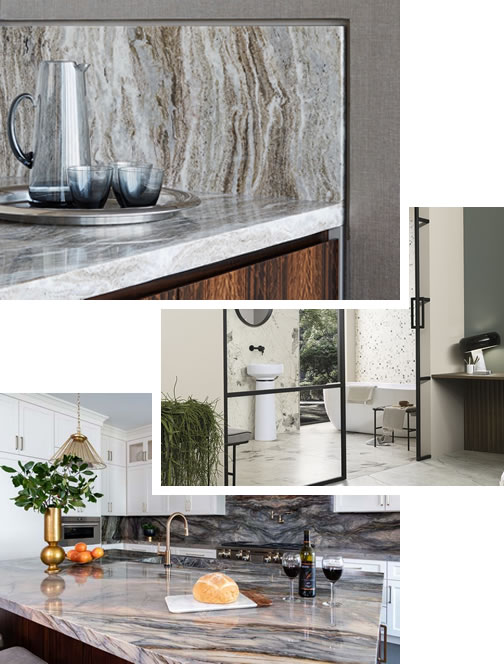
The Composition of Quartzite. Minerals
The mineral composition of quartzite is predominantly quartz (quartz content in the rock reaches 88-98%), with iron hydroxides (2-3%), silicon and chalcedony (4-5%). The stone also contains impurities of mica, talc, feldspar, and other minerals. Quartzite is named after its mineral composition (for example, kyanite, magnetite), but the share of the forming mineral must be no less than 5%.
A separate distinction is made between secondary quartzite with inclusions of sericite, alunite, corundum, topaz, and other minerals. These are metasomatic rocks in which the primary composition has changed significantly as a result of reactions between minerals and solutions by which the rock is deposited.
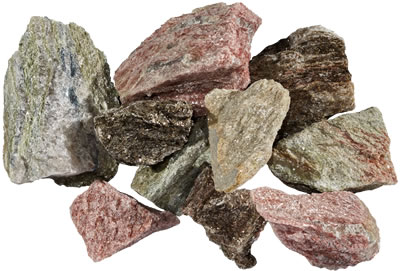
Quartzite Mining
The main deposits of the mineral are in Ukraine (Krivoy Rog), the United States (Lake Superior). Like any other natural stone, quartzite is quarried. There are three types of quarrying:
Blasting. Pits are drilled 10-20 m deep into the solid rock, and explosives and detonators are placed in them. Several dozen holes are used to undermine the formation. This is the cheapest method that leaves a large amount of waste, and is relevant when rubble is needed for construction work.
Air cushion method. Holes are drilled in the excavation section, which are filled with air under pressure. As a result, a fracture is formed, splitting the block from the main massif. The method does not cause the formation of microcracks and is generally more gentle than explosive methods.
Stonecutting. The blocks of quartzite are sawn out of the layer with the help of wire-cutting machines. Special diamond-powdered ropes are used for this purpose. The obtained blocks are extracted from the quarry with heavy cranes.
After extraction, the material is sorted, crushed or sawed into slabs in a specialized workshop.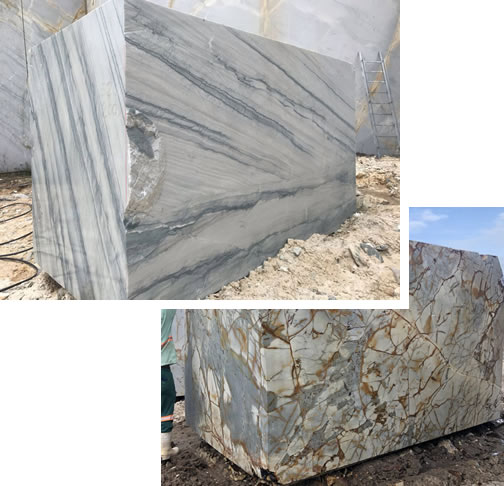
Use of Quartzite
Road and capital construction. Crushed stone of low-ore quartzite is used for the formation of concrete mixes and as a cushion in the construction of foundations, supports, laying asphalt.
Metallurgy. The mineral is used as a flux that lowers the melting temperature of metals. Crushed rubble is used as an additive to separate the slag from the metal melt.
Production of refractory materials. Crystalline quartzite is used in the manufacture of silica refractory bricks for masonry heating furnaces. Dinas quartzite contains 96-99% SiO² with minimal amounts of alumina and alkalis.
Bath Stone. Rimmed quartzite, especially crimson quartzite, is used to set up sauna heaters. Large fractions of stone are placed in the lower part of the stove, and small fractions are placed in the upper part.
Interior Decoration. Quartzite is widely used for decorating floors, countertops, window-sills, sinks and stairs.
Facing. Its good frost resistance and resistance to aggressive environments make this mineral suitable for external finishing of buildings, arranging pergolas and fountains. It is often used for decoration of garden landscapes, recreational areas, terraces.
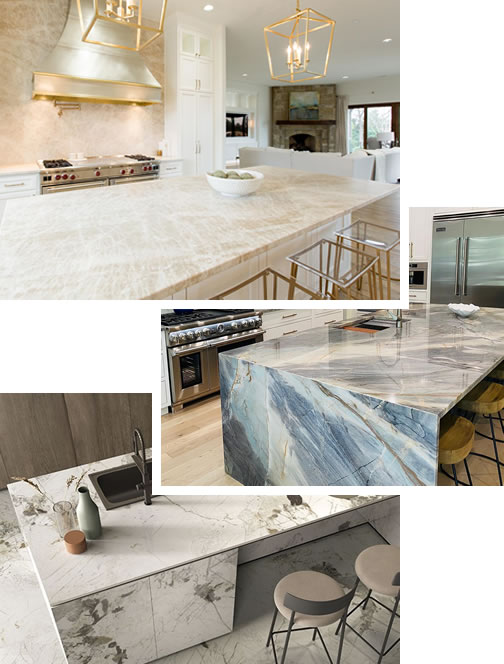
Quartzite in the interior
White or white-yellow. The most popular type with a variety of texture, gray or black inclusions in the form of spots and stripes.
Gray. Characterized by a spectacular, silvery gray surface.
Crimson or pink. Relevant to the manufacture of statues and other small and large architectural forms. Suitable for ornaments.
Quartzite perfectly combines with other natural and artificial finishes. Especially effective this mineral looks in combination with marble, sandstone or granite.
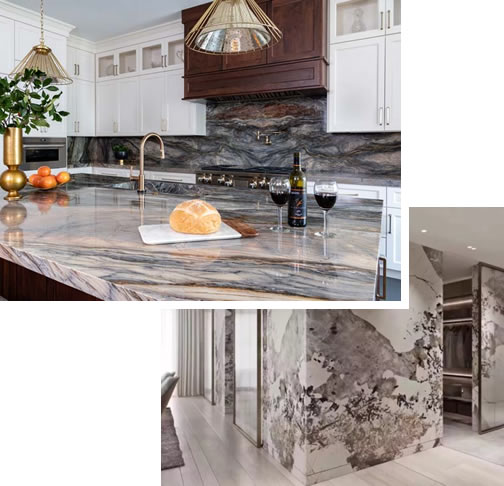
Contact Info

Phone
E-mails
MD: This email address is being protected from spambots. You need JavaScript enabled to view it.
FL: This email address is being protected from spambots. You need JavaScript enabled to view it.
NJ: This email address is being protected from spambots. You need JavaScript enabled to view it.

